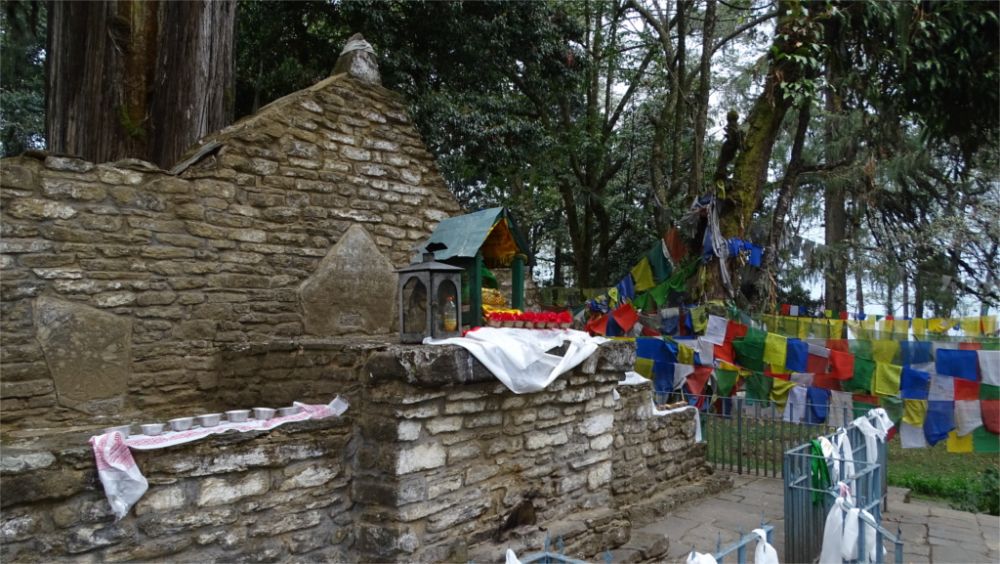

The serene town of Yuksom in Sikkim beholds the significant historical monument known as the Norbugang Coronation Throne, which stands as a testament to the rich cultural legacy of this northeastern state of India. The significance of the Norbugang Throne is deeply rooted in the history of Sikkim and acts as a monumental highlight for tourists visiting this region.
In 1641, the coronation of the first Chogyal (King) of Sikkim, Phuntsog Namgyal, took place at the Norbugang Coronation Throne. This historic event marked the onset of the Namgyal dynasty, which eventually led to the formation of the Kingdom of Sikkim. The throne is situated amidst the lush Norbugang Park, and the area is preserved as a sacred site housing a stupa and several prayer flags adding a spiritual aura to the location.
Tourists flock to Yuksom not just for its scenic beauty but also to witness the cultural heritage exemplified by the coronation site. The throne is actually a large stone slab surrounded by four seats made out of stone, which were used by the lamas during the coronation ceremony. A stunning foot imprint on a stone is also believed to belong to one of the lamas present during the event, further augmenting the site's historical value.
Tourism in Yuksom started gaining momentum in the late 20th century when hikers and adventure seekers began exploring the region. The town serves as the gateway to Khanchendzonga National Park and the base camp for the famed Dzongri Trek. As a result, the place has gained popularity among trekkers and environmental enthusiasts worldwide.
In more recent years, the Sikkimese government and various NGOs have made concerted efforts to promote eco-tourism and sustainable travel practices in Yuksom to preserve its natural and historical sites. This initiative ensures that places like the Norbugang Throne remain unspoiled for future generations to appreciate.
The latest tourism trends in Yuksom revolve around sustainable travel, homestays, and cultural immersion. Visitors are encouraged to stay with local families to experience authentic Sikkimese hospitality, cuisine, and traditions. The rise of homestays has boosted the local economy and fostered a more intimate connection between tourists and the indigenous culture.
Additionally, mindful travels that focus on leaving a minimal environmental footprint have become increasingly important. Tourists are now more informed and keen on engaging in responsible trekking, waste management, and conservation activities during their visit to Yuksom.
In conclusion, the Norbugang Coronation Throne is not just a relic of the past but a beacon that continues to attract tourism due to its deep historical roots and the encompassing beauty of Yuksom. As travelers from across the globe seek more meaningful experiences, Yuksom stands out as a destination that offers both ecological splendor and a profound cultural journey.